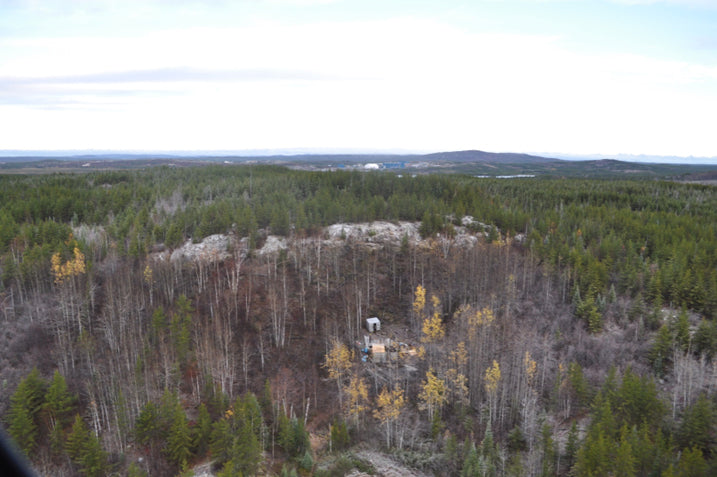
NMX East Gallium-Rubidium Critical Metals Project
Advancing Canada’s Next Gallium & Rubidium. Discovery, Exploring High-Potential Pegmatites in Québec’s Critical Metals Belt.
Project Summary
The Company’s flagship NMX East Project is a critical metals exploration and development project targeting gallium and rubidium mineralization in pegmatite-hosted systems. Located in Québec’s Eeyou Istchee James Bay Region, a globally recognized hub for battery and technology metals, the project is strategically positioned adjacent to the Whabouchi Mine – a Nemaska Lithium property. Given its geological setting and proximity to world-class pegmatites, NMX East represents an exciting opportunity to develop high-value gallium and rubidium resources, which are essential for semiconductors, aerospace, medical imaging, and next-generation energy storage technologies.
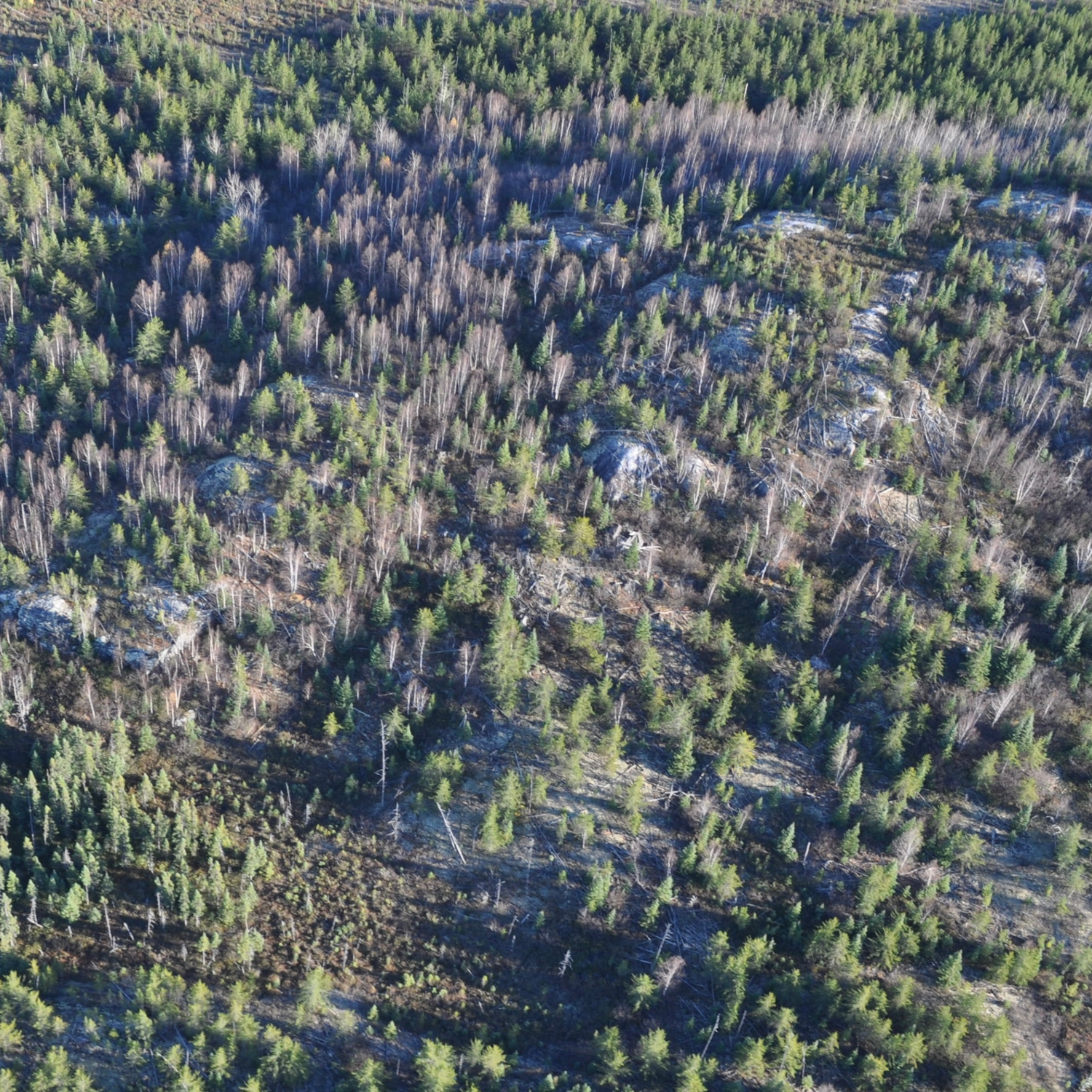
Geological Overview
- The project area is underlain by pegmatitic dykes which are known hosts for rare and critical metals, including gallium and rubidium.
- Pegmatite outcrops run parallel to the pegmatite dykes associated with the Nemaska Lithium pegmatite trend.
- Gallium and rubidium are often associated with mica-rich zones in pegmatites, which are easy to identify in drill core.
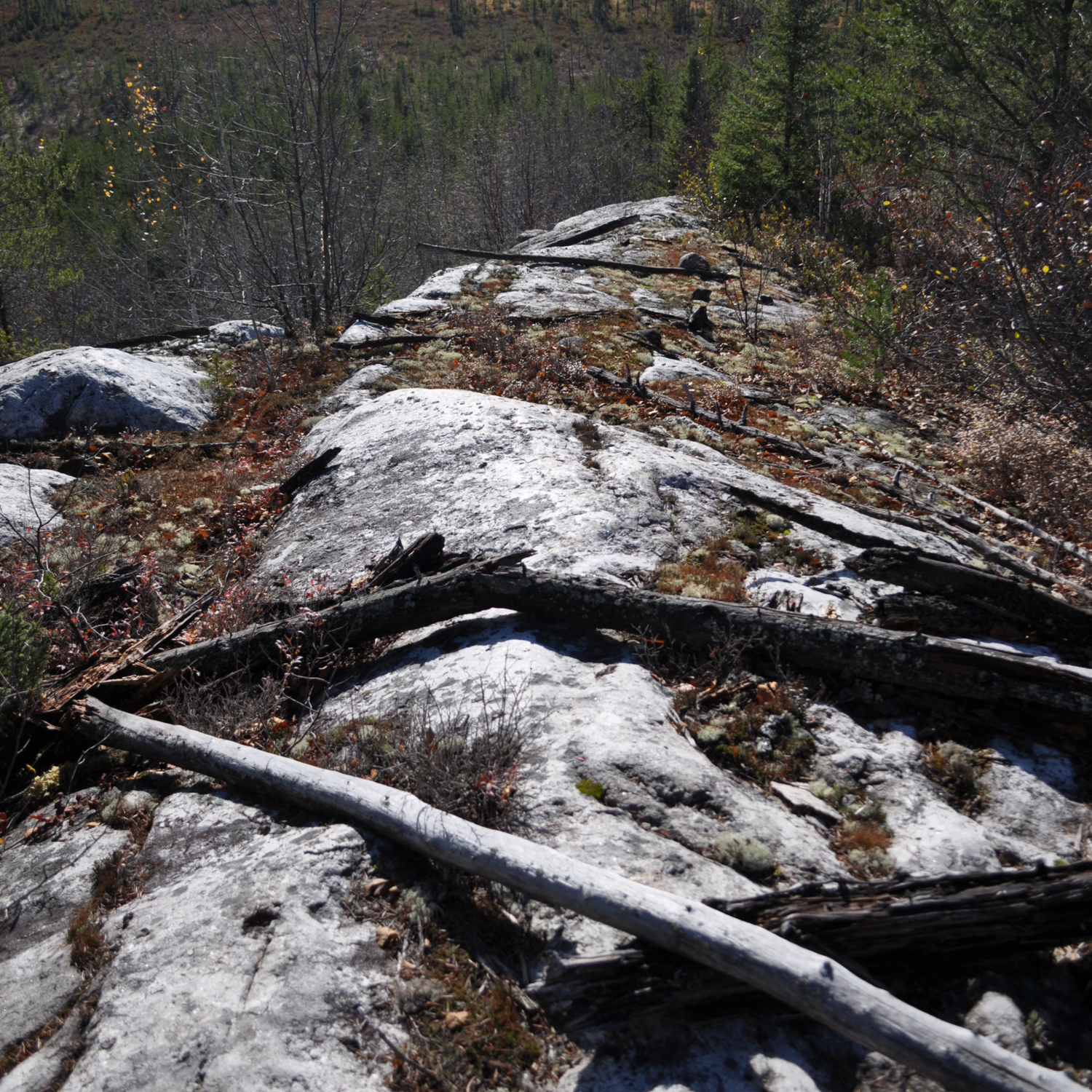
Location & Infrastructure
- The property is located in the Eeyou Istchee James Bay Region of Québec, which is a premier mining jurisdiction with strong government support for critical metals development.
- Accessible year-round via provincial highways and forestry roads, facilitating efficient exploration and potential future development.
- Close proximity to hydroelectric power infrastructure, ensuring sustainable, low-cost energy for future operations.
- Québec offers strong critical metals incentives, including grants, tax credits, and permitting frameworks supporting resource development.
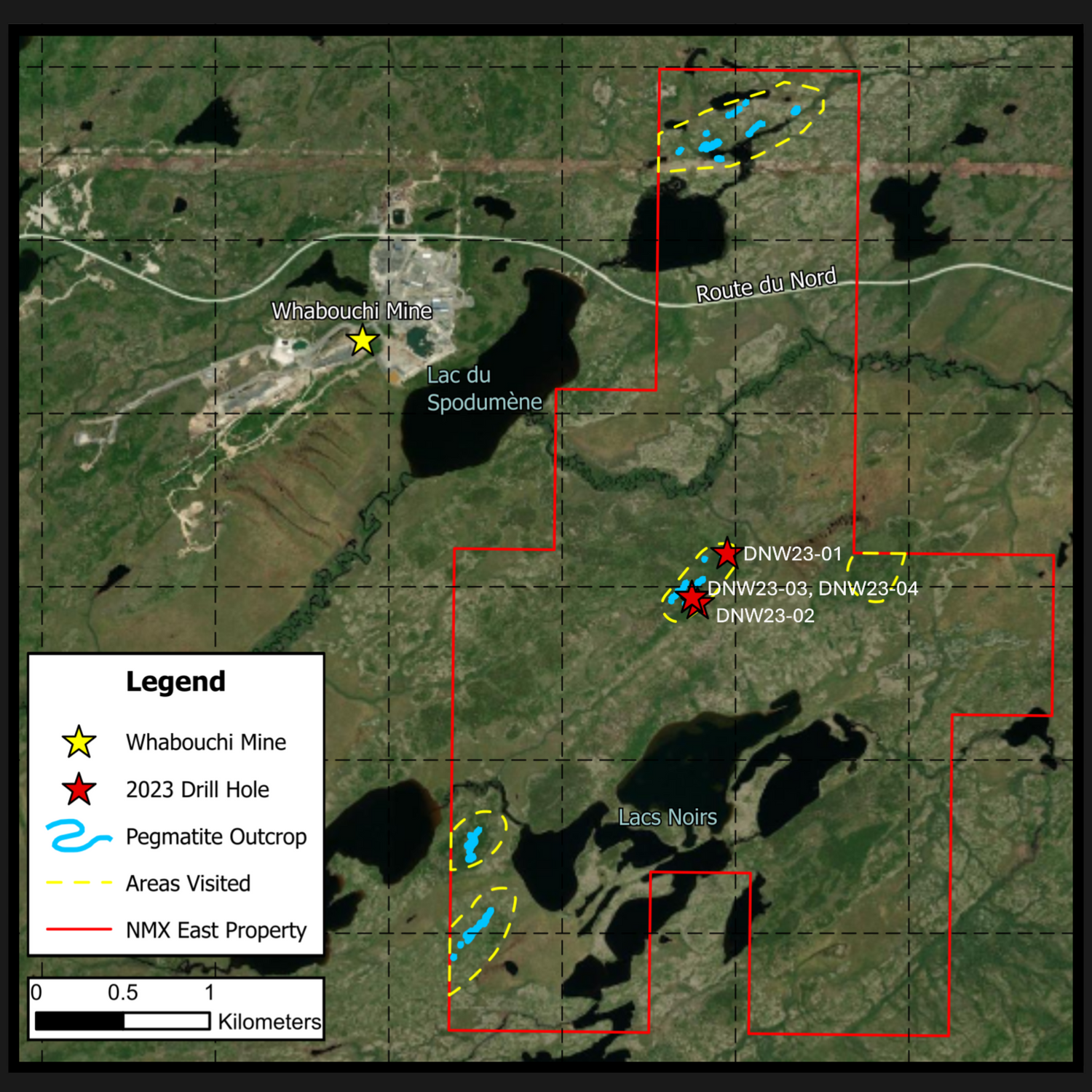
Claims and Regional Context
- The project consists of a strategic package of mineral claims adjacent to known pegmatite-hosted lithium deposits, which share similarities with gallium and rubidium-bearing systems.
- The region is home to several active critical metals exploration projects, reinforcing its growing reputation as a technology metals district in North America.
- Increased land staking and exploration interest in the area highlight the region’s significant economic potential.
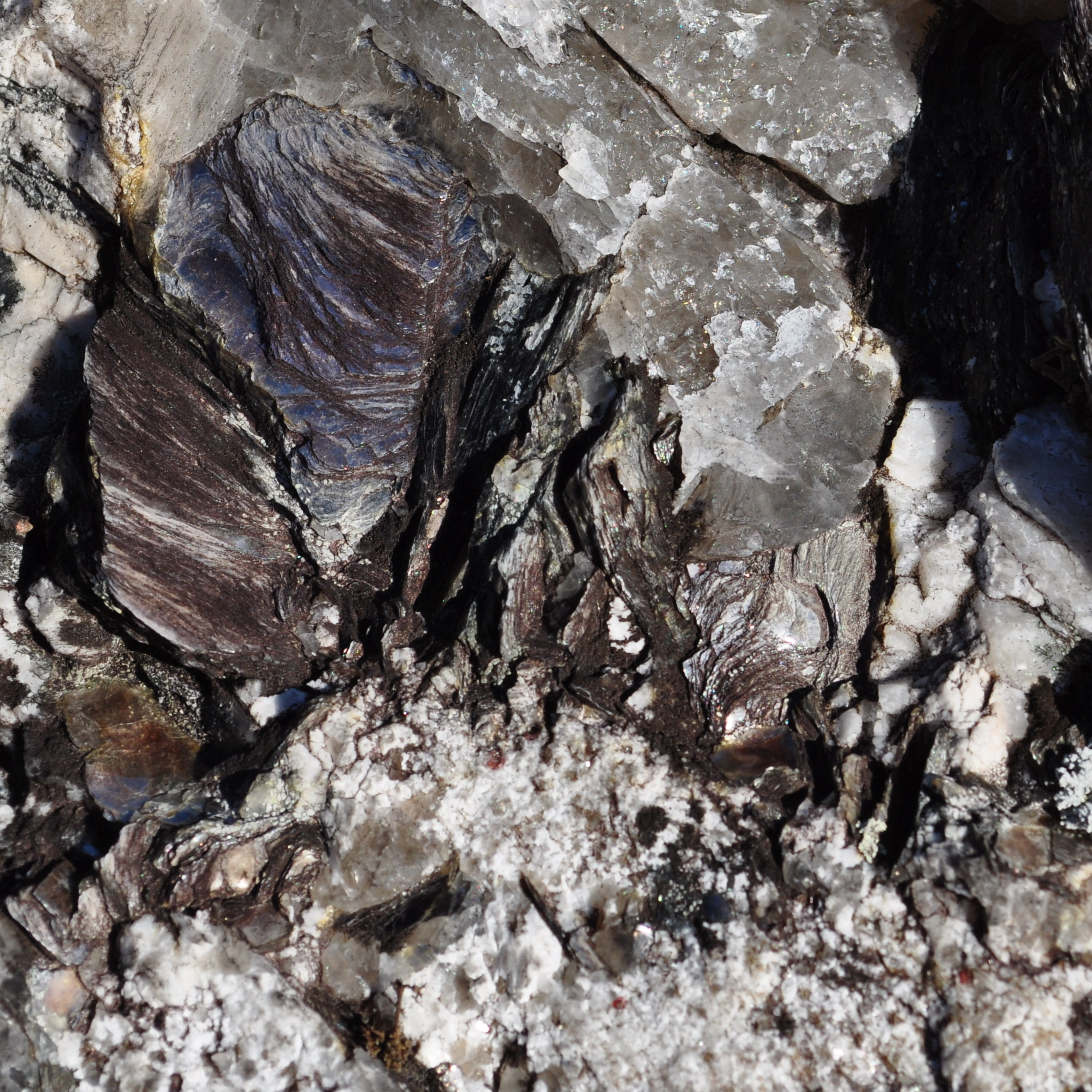
NMX DRILL RESULTS
The Company has drilled 4 holes thus far at NMX East and discovered elevated and consistent gallium, rubidium, thallium, and cesium in all four holes. Notably, the Company intersected 107.68 meters of 38.85 grams per tonne (“gpt”) gallium, 701.03 gpt rubidium, 24.98 gpt cesium and 3.61 gpt thallium from surface in hole 3.
The Company’s maiden 4-hole drill program at NMX East totaled approximately 800 meters and was initiated to test one of five visually confirmed pegmatite outcrops on the property. The “A” pegmatite target drilled is central to the property and remains open in all directions. Hole 1 is located approximately 700 meters from holes 3 and 4 which were drilled from the same drill pad setup. Hole 2 also encountered consistent mineralization at depth. Multiple anomalous critical and rare earth elements were intersected. A drill map (Figure 1) and summary table for each drill hole with notable intervals are provided below (Tables 1 to 4).
Notes to Summary of All Holes - NMX East Critical Metals Project
Assayed Intervals with average Ga, Rb, Cs, Tl (grams per tonne - gpt)
NOTE – all drillholes were angled - hole depths are not true depths
Highlighted Drill Results
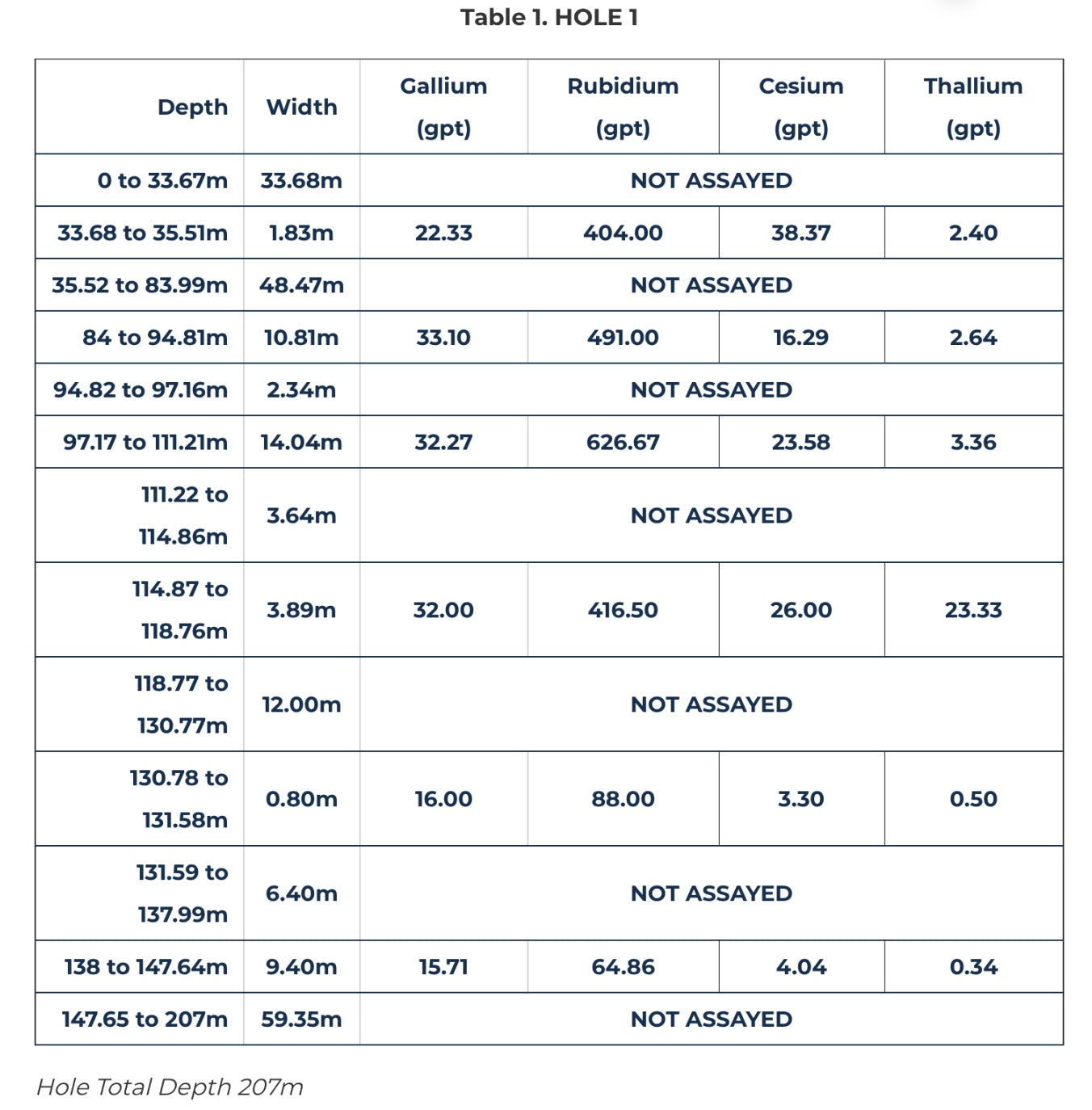
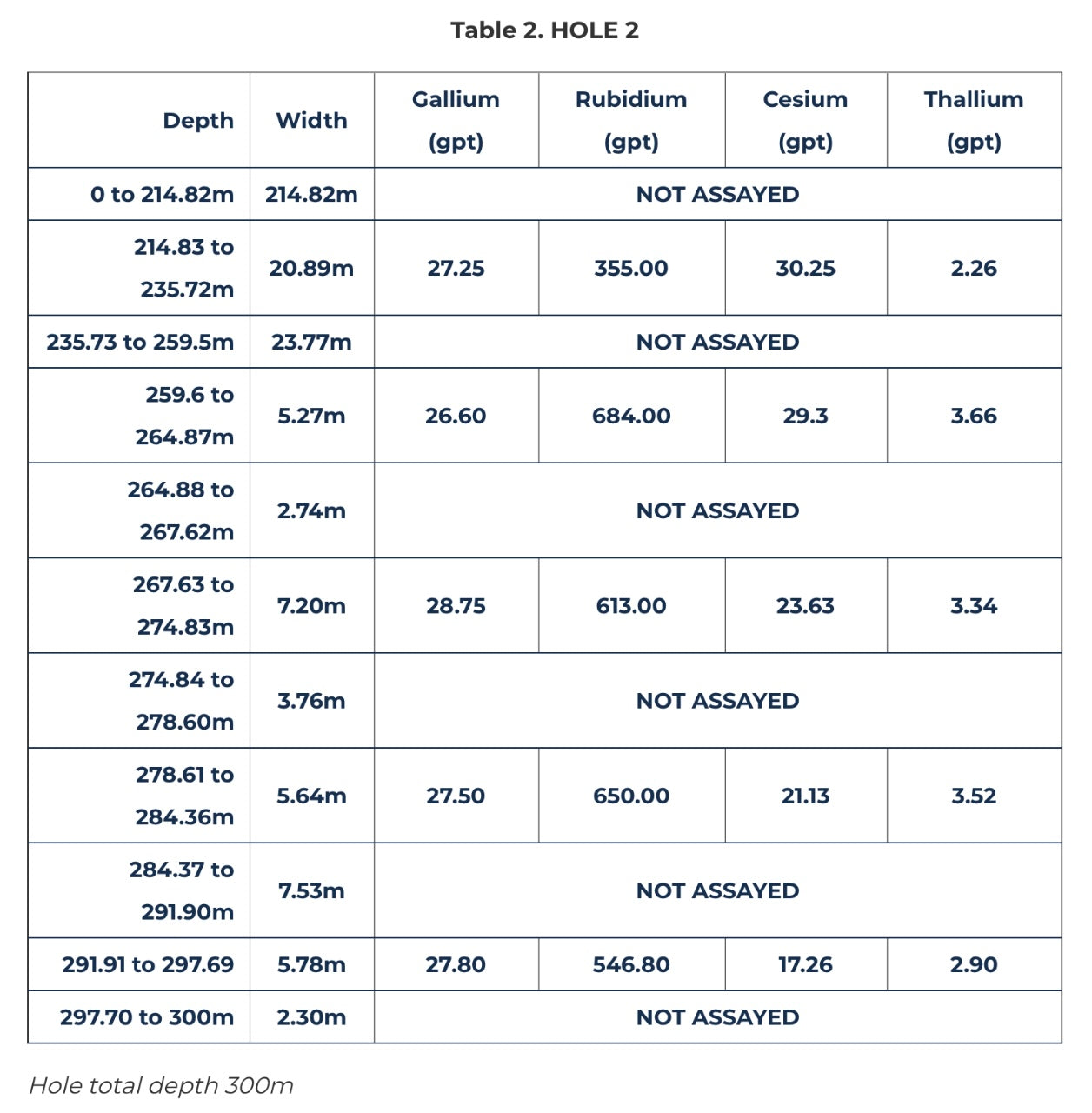
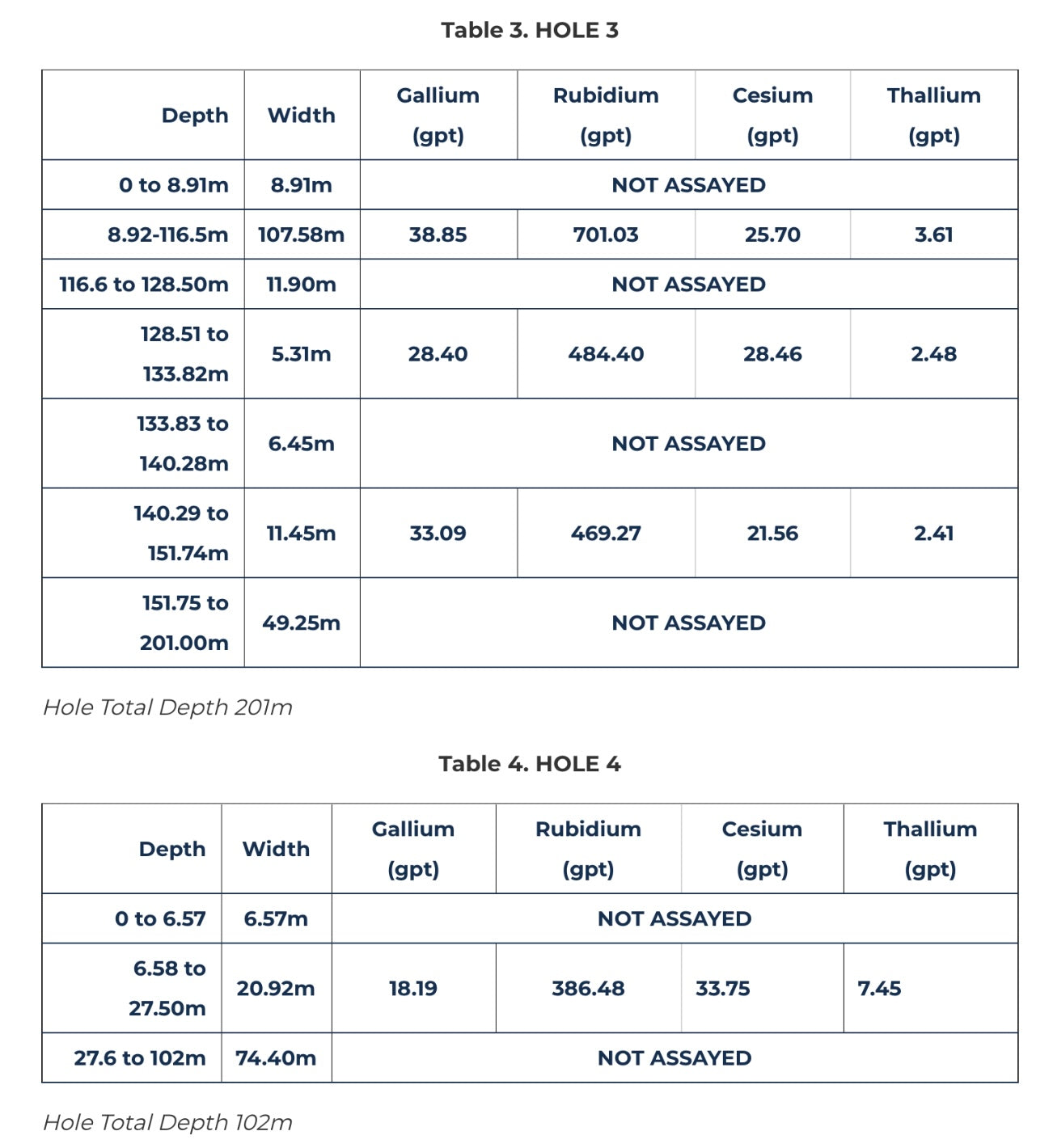
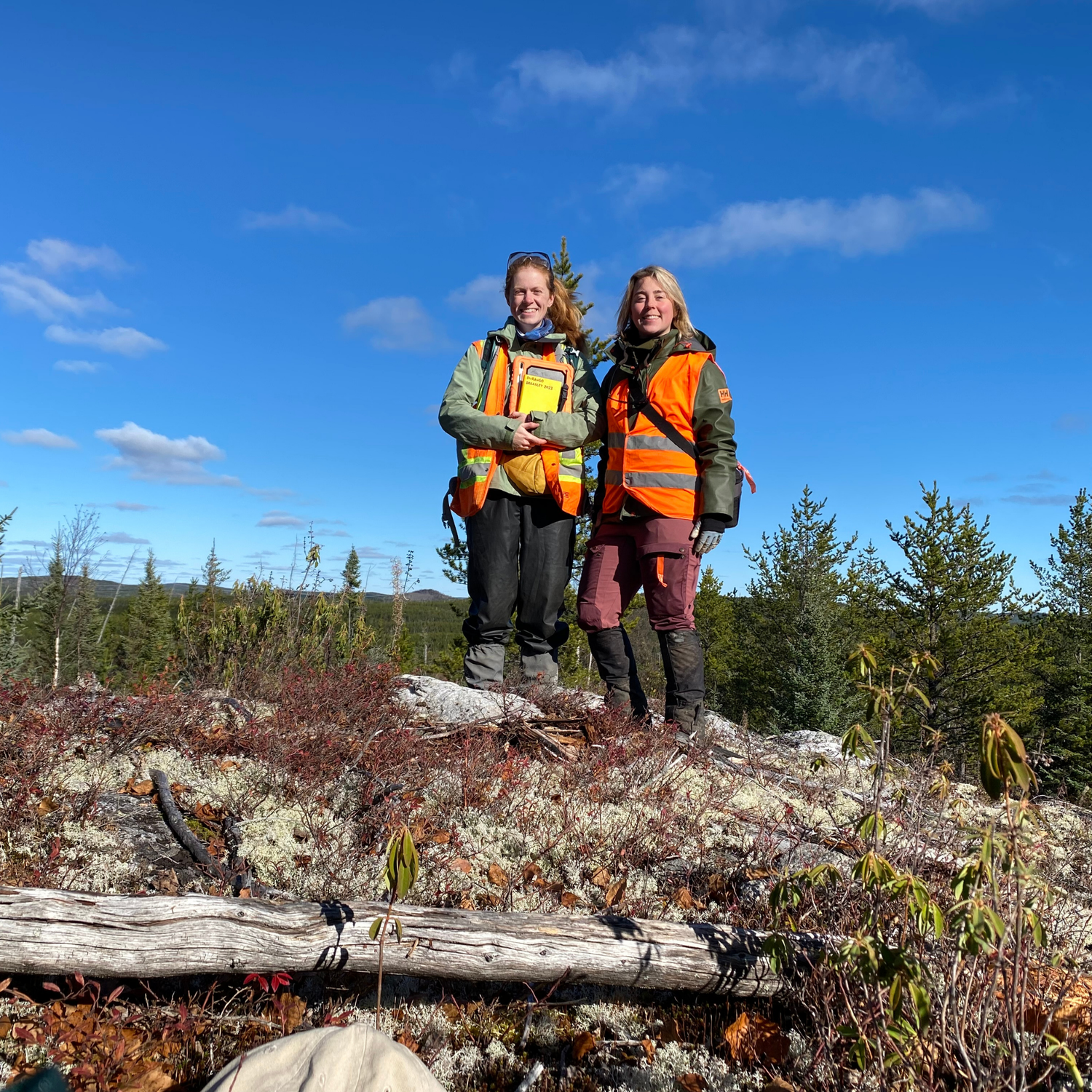
Proposed Work Program
- Mineralogy - Confirm mineral associations with rock types.
- Hydrometallurgical Testing - Experiment with different potential processing methods to optimize potential mineral recoveries.
- Bulk Sampling – Confirming mineralization and testing grades.
- Exploratory Drilling – Exploration drilling beyond the known discovery footprint alongside a resource definition drill plan.
- Resource Estimation & Economic Assessment – Advancing towards a Preliminary Economic Assessment (PEA).
